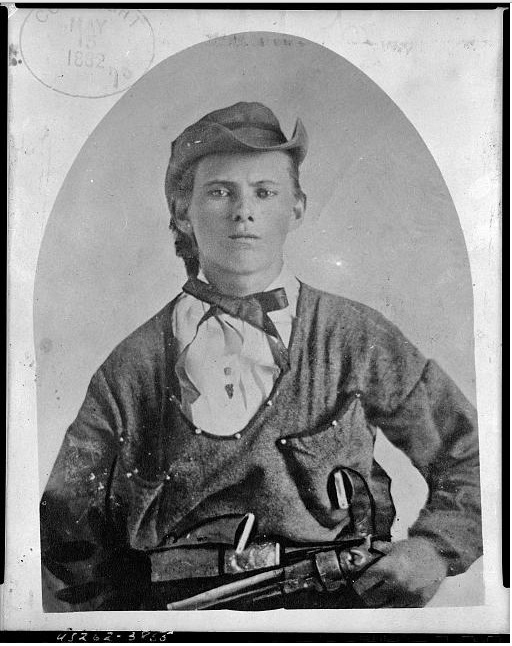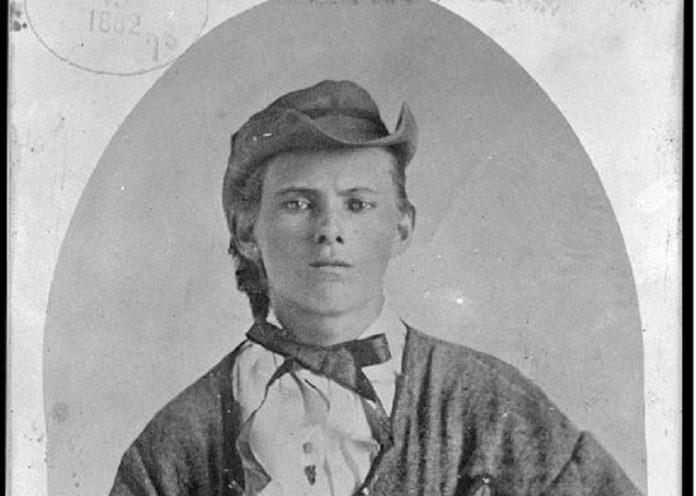“Get down out of sight, or we’ll shoot you!”
That’s what passengers crouched in their seats on a Chicago, Rock Island and Pacific line heard as the train made its way east out of Council Bluffs on July 21, 1873. The train left Council Bluffs about 5 p.m. with four coaches, two sleeping cars, a mail car loaded with letters and packages and a safe carrying $2,000 and three tons of bullion.
The train was traveling about 25 miles per hour in an isolated stretch, with no houses for miles around. About 8:30 p.m. it approached a sharp curve in the road four miles west of Adair when engineer John Rafferty saw something out of place up ahead. It appeared a section of the track had been removed. Rafferty quickly applied the brakes and attempted to put the train into reverse. However, the engine derailed, overturned and crashed into a ditch.
Suddenly a gang of masked “athletic-looking” men on horseback emerged from hiding places along the tracks and ambushed the train. Eye witnesses said that “bullets came pelting into the engine like hail.” Two bullets pierced the clothing of the conductor, one grazed the skull of the baggage master and one barely missed the head of a messenger.
Engineer Rafferty was killed, but there were two versions of how his death occurred. One report claimed he had been shot by the robbers—another that he died from concussion when the car overturned.
It all happened so quickly that no one could confirm just how many robbers were involved. As some of the robbers emptied the safe, two made their way to the passenger cars, where they threatened the riders to keep their heads down. After taking the money from the safe and ransacking the mail bags, the robbers jumped off the rear of the train “under cover of a half-dozen revolvers.” Mounting their horses, they headed in a southerly direction “across the prairie.”
Fortunately, the robbers hadn’t thought to cut the telegraph wires. One of the train employees hastened to the nearest station and telegraphed in all directions. Posses from Council Bluffs were sent out to try to intercept the robbers. It was presumed they were on their way to Missouri.
It was learned that sometime during the day the robbers had stolen spike bars and hammers from the local station house. They drew the spikes from one end of the rail and hid themselves several rods away, waiting for the arrival of the train. As the engine approached, they pulled the rail out of place.
The misadventure did not deter the train from its journey. Rail employees quickly laid the track down around the wrecked cars, and the train was soon on its way. At 7:30 a.m. the next morning, it arrived in Des Moines carrying John Rafferty’s body to his wife and three children. Everyone agreed the actions of Engineer Rafferty in reversing the train had prevented more injuries.
Meanwhile, posses were in hot pursuit of the robbers in Missouri. They had this description to help them identify the bandits: “Their dress and voices indicated that they were regular bushwhackers.” It turned out the robbers were the infamous James-Younger Gang, composed of Jesse and Frank James and Jim, John, Bob and Cole Younger. And the Adair incident was the gang’s first attempt at train robbing. It wouldn’t be their last.



















Thanks. Nice piece.